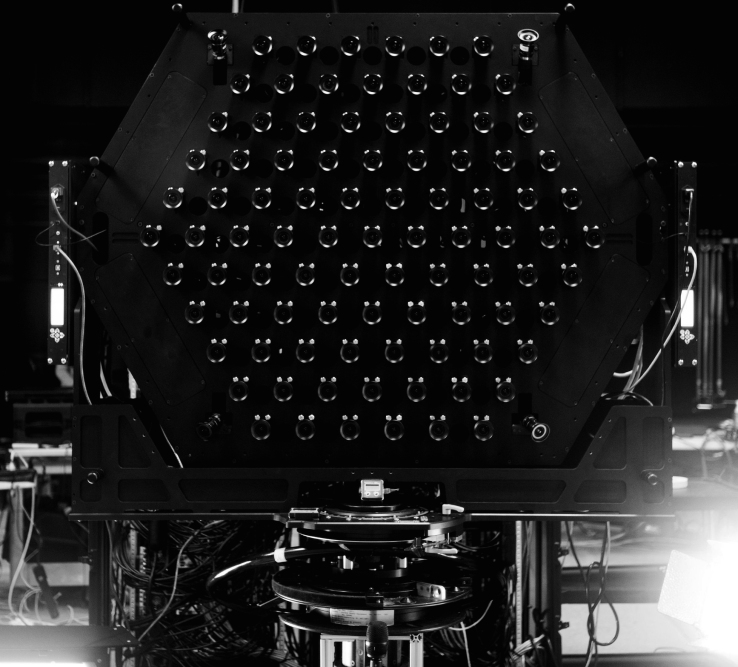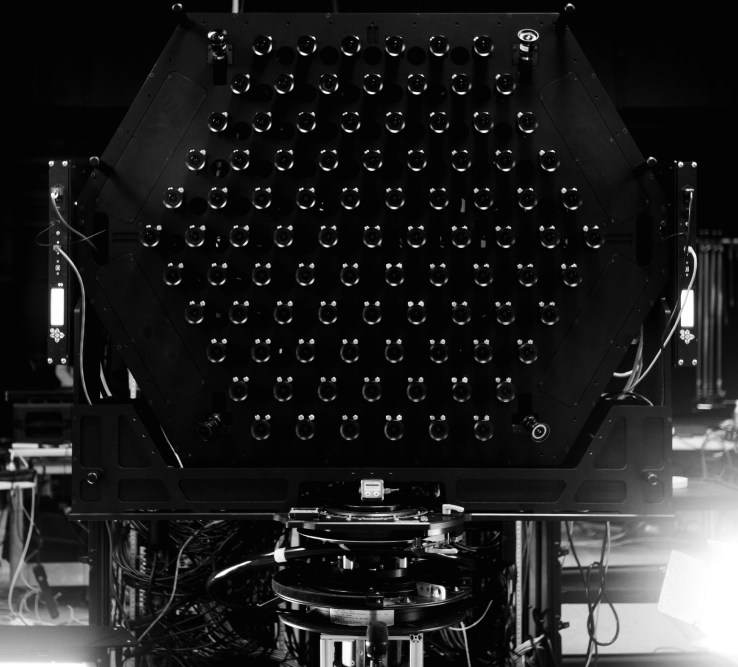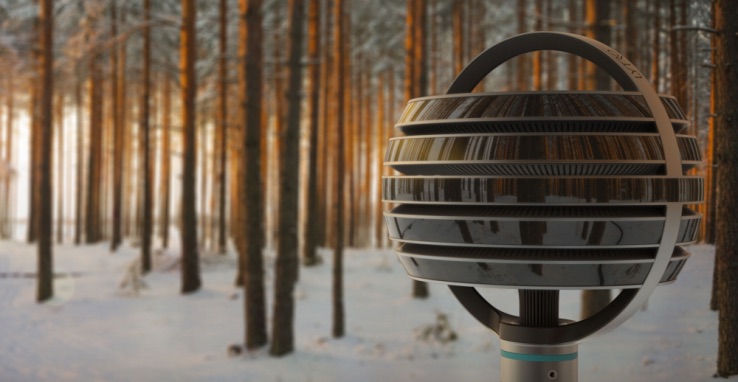

Ever-shifting camera tech company Lytro has raised major cash to continue development and deployment of its cinema-level camera systems. Perhaps the company’s core technology, “light field photography” that captures rich depth data, will be put to better use there than it was in the ill-fated consumer offerings.
“We believe we have the opportunity to be the company that defines the production pipeline, technologies and quality standards for an entire next generation of content,” wrote CEO Jason Rosenthal in a blog post.
Just what constitutes that next generation is rather up in the air right now, but Lytro feels sure that 360-degree 3D video will be a major part of it. That’s the reason it created its Immerge capture system — and then totally re-engineered it from a spherical lens setup to a planar one. You can see the old system below and the new one up top. (Note: it’s man-sized.)

The $60M round was led by Blue Pool Capital, with participation from EDBI, Foxconn, Huayi Brothers and Barry Sternlicht. “We believe that Asia in general and China in particular represent hugely important markets for VR and cinematic content over the next five years,” Rosenthal said in a statement.
It’s a hell of a lot of money, more even than the $50M round the company raised to develop its original consumer camera — which flopped. Its Illum follow-up camera, aimed at more serious photographers, also flopped. Both were innovative technologically but expensive and their use cases questionable.
Undaunted, Lytro raised its sights once again and is now taking aim at the digital cinema production world. The Immerge got its first serious on-set test in a production by Chris Milk, VR and film pioneer, the company announced.
But I’m skeptical of 360 3D, even when the content is compelling. Far more interesting to me is Lytro Cinema, a camera the size of a fallen tree meant to be a replacement for green screen setups.

The idea, as we described in detail last year, is to make the widely used color keying process obsolete. Instead of excluding the green parts of the image, creators could simply exclude any part of the image past an arbitrary distance as measured by the light field process. It could change studio shoots in a very serious way and I think makes much more sense to invest in.
A Lytro representative indicated that the funding would be used both to advance both these major R&D projects and to support studios and creators looking to put them to use.

